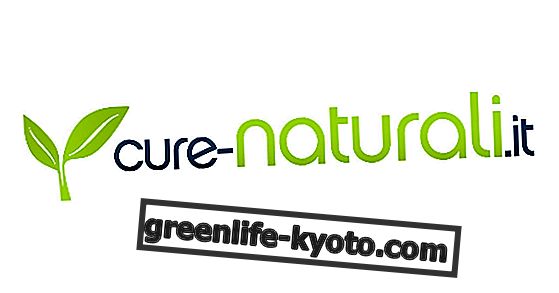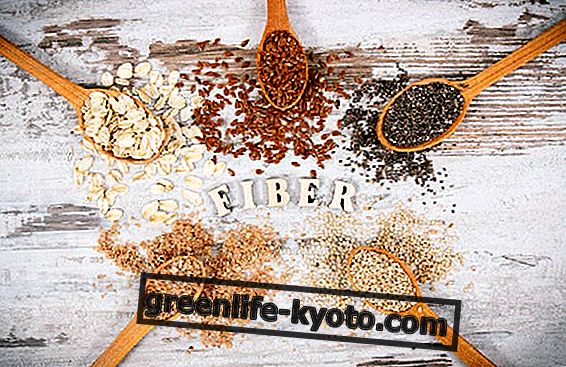
Cheeses and fats
There are different types of cheese on the market. In Italy above all, the dairy mapping is fantastic: from north to south you can find endless examples of cheeses: cow's milk, goat's milk, sheep's milk, buffalo's milk, soft and fresh or seasoned, tasty or delicate. From Castelmagno to burrata, cheeses have a bad name: they put on chili because they contain a high percentage of fat.
But is it really so? What can be done to remedy this problem? Can so-called "light" cheeses really come in handy?
First of all, it must be said that cheeses are normally divided into three categories, based on the percentage of fats they contain: fat cheeses are those that have a quantity of fatty substance higher than 42%; semi-fat cheeses are those that have a fat content between 20% and 42%; while those cheeses that have a fat content of less than 20% are called lean .
Among the cheeses taken as they are, the leanest and therefore least dangerous for diet and health are: cow ricotta, with 146 Kcal per 100 grams; the typical Lombard quartirolo, also called chalk cheese because of its particular consistency, feta, the traditional Greek cheese, which has 250 Kcal per 100 grams, the classic Parmesan or cow's milk mozzarella, with 253 Kcal per 100 grams. If you want to be even more precise you can also see the complete list and the cheese-cholesterol ratio on the Cheese Portal.
Why can a cheese hurt us? We must not forget that cheese fat is not a good fat, on the contrary. Unlike the omega-3 polyunsaturated content in fish, with its antioxidant and cardioprotective power, cheese fat is saturated, therefore dangerous for the cardiovascular system, a dear friend of cholesterol. But eliminating cheese from the table is wrong, as the cheese is also a valuable source of protein, minerals and calcium.
Light cheeses, a myth to dispel
And if we consider "light" cheeses? That of light cheeses, often mistakenly considered more than thin, is above all a myth to dispel: if we consider that most of the cheeses contain a rather high amount of fat (from 15 to 60%) and that the reduction that is made by removing the fats with cheese of a certain percentage (let's say even 40%), making the lean version of a normal cheese, will always have a high quantity of fat, unless you choose to consume ricotta, feta, quartirolo in the light version. Furthermore, some studies show that if one thinks that a product is "light", one is psychologically inclined to consume a greater quantity, thus ending up taking rich doses of product, contrary to what one would do with the normal version.
Dr. Claudia Conti reports an interesting Australian research on dairy products. For this research, a group of boys have abandoned products containing whole milk for a certain period of time. At the end of the trial, neither weight nor body mass index seem to have undergone significant changes. As the doctor herself writes on her site, the mechanism of light products can even give the opposite effect: the skimmed and skimmed dairy products give a sense of minor satiety, so they make you feel hunger earlier than whole dairy products.
In conclusion, those who have weight problems should try to limit the consumption of cheeses, without necessarily eating only light or lean ones, but decreasing doses in general, above all, avoiding combining them with other main courses, such as meat or fish. The cheese is in itself a second course to all effects, rich in protein and mineral salts, as well as fat. Speaking of weights and measures, in practice it would not be necessary to consume more than 150 Kcal of cheese with each meal.













